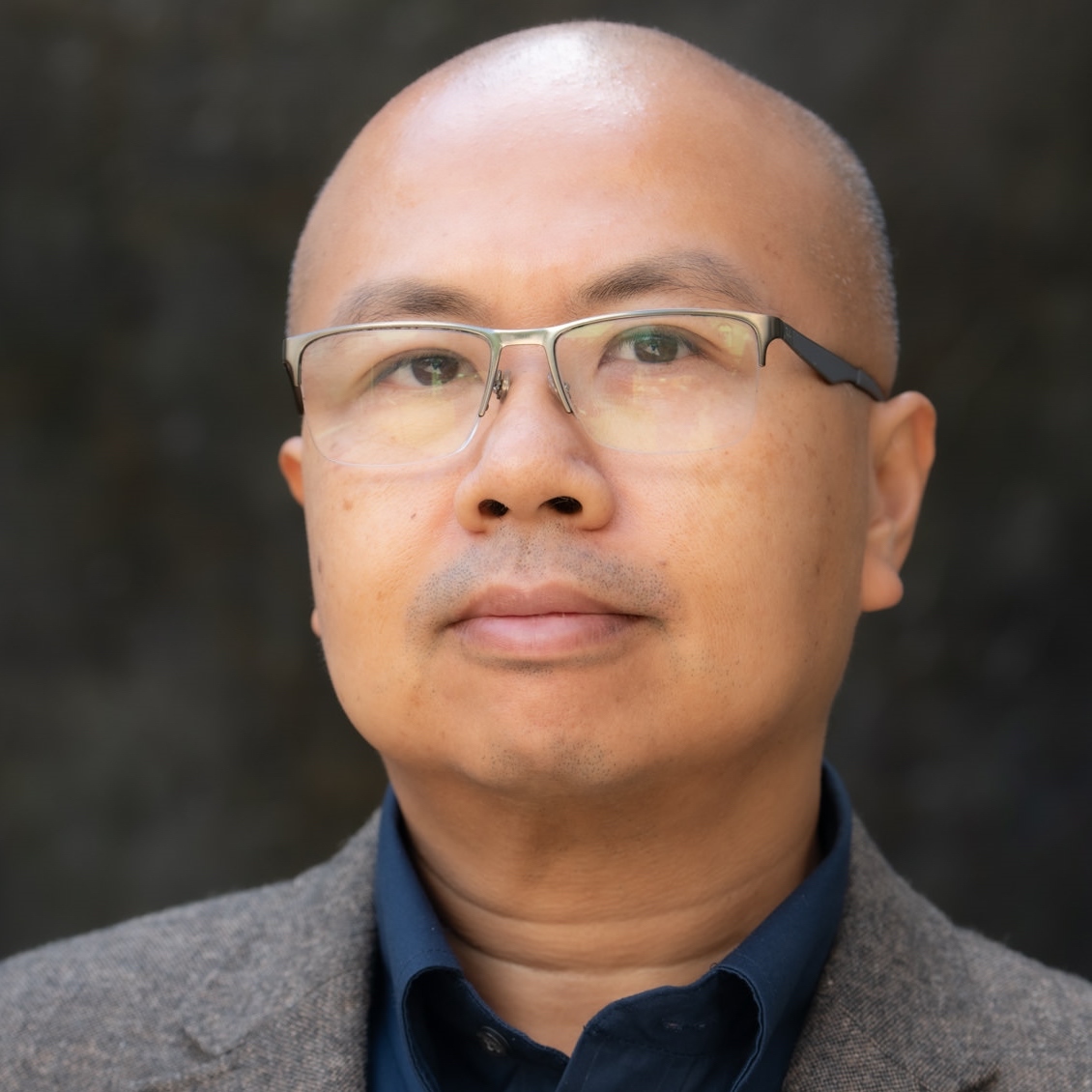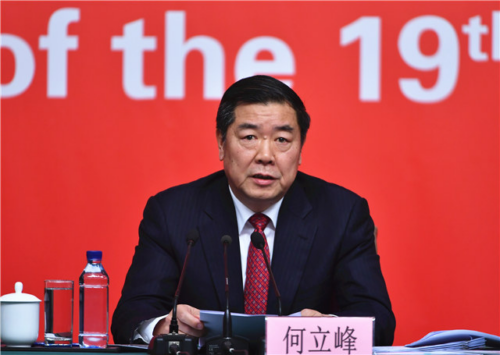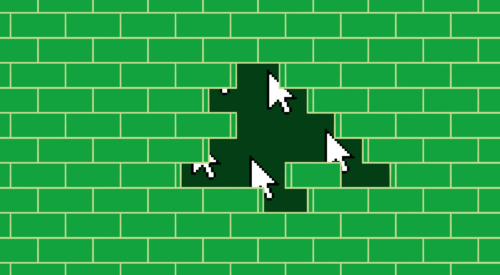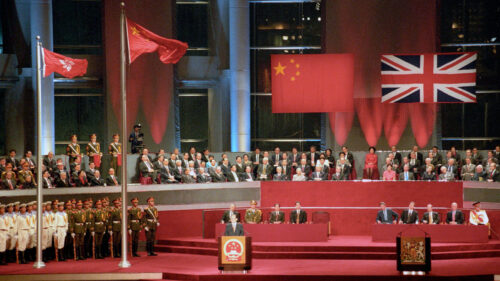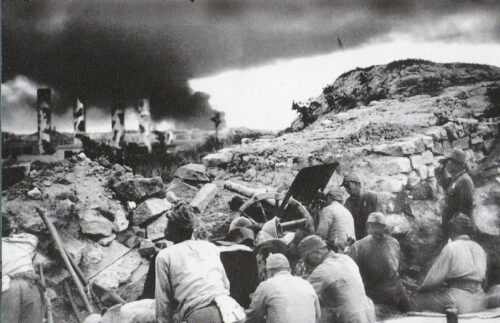Hong Kong resistance will live on
Beijing’s national security law has had a chilling effect on protest and free speech in Hong Kong, but the city — contrary to popular punditry — is far from dead.

In June 1995, Fortune magazine ran a cover story titled “Death of Hong Kong,” anticipating the end of freedom in the city upon the sovereignty handover to China in 1997. Twenty-five years later, commentators are still declaring the death of Hong Kong, this time under the national security law, imposed on the city from Beijing in 2020. Are they right this time?
The national security law ushered in a new political order in the city. Beijing revamped the election system by introducing rigorous loyalty vetting of candidates and reducing the proportion of directly elected seats. Political organizations, NGOs, and pro-democracy media disbanded one after the other when their leaders, activists, or employees were arrested or fled Hong Kong to escape prosecution. Student unions in universities were forced to shut down.
As such, Hong Kong lost many of the freedoms that separated it from mainland China. The new political order is much more chilling than most people are accustomed to. But saying it spells the end of Hong Kong’s struggle for freedom and democracy is an exaggeration. In the short run, it is true that we will no longer see vibrant political debates, lively elections, free academic pursuit, and street protests. The political awakening of the Hong Kong people, the strengthening of their local identity, and the quest for self-determination that underlined the 2014 Occupy Movement and the 2019 uprising may go dormant. But it will not go away.
As I point out in City on the Edge, Beijing has followed its Tibet playbook to subjugate Hong Kong. Beijing struck a deal with the Dalai Lama government in 1951 to convince the Tibetan elite and its people to accept Chinese sovereignty under a “one country, two systems” arrangement (though the term would only be coined three-and-a-half decades later). This arrangement allowed Beijing to buy time to develop the capability to establish direct rule and absorb Tibet fully into the People’s Republic of China. The conflict between the Tibetan people and Beijing grew in the 1950s and ended in a failed Lhasa uprising and the exile of the Dalai Lama in 1959. Since Tibet’s full absorption into the PRC after 1959, Tibetan resistance has persisted underneath the surface of complete Chinese Communist Party (CCP) control. The resistance flared up into open conflict occasionally in the decades that followed. The overseas Tibetan movement grows by the year.
Likewise, the dissent of the Hong Kong people will not disappear, and we will see new open resistance whenever there are chances in the years to come. The opposition movement in the diasporic Hong Kong community is growing. This is common to most resistance movements elsewhere following an authoritarian crackdown — such as the KMT crackdown of the 1947 uprising in Taiwan and the Soviet crackdown on the Hungarian uprising and the Spring of Prague. The CCP’s use of national pride and economic comfort in exchange for dissent in the aftermath of Tiananmen will not work in Hong Kong, where people have already developed a strong oppositional local identity estranged from Chinese nationalism.
Moreover, it’s unclear if Beijing is willing to sacrifice Hong Kong’s irreplaceable role as China’s offshore financial center by wiping out its autonomy and distinctiveness. In 2021, officials, establishment politicians, and government media in China considered applying an anti-foreign sanction law to Hong Kong that would have subjected businesses with international exposure, including Chinese banks, into making an impossible choice of complying with either international or Chinese laws. In the end, Beijing decided to suspend applying the law to Hong Kong after earnest lobbying by Hong Kong’s businesses, including Chinese companies.
For another example, in early spring 2022, when Hong Kong was experiencing an Omicron surge, the government appeared to be moving toward a mainland China-style lockdown and universal COVID testing. Establishment media and official scholars from China accused Hong Kong officials of secretly following a Western path in its COVID response. After all the tough talk, Hong Kong did not impose a China-style lockdown and universal testing in the end. On the contrary, the Hong Kong government shortened the required quarantine period for overseas visitors on April 1 in response to the business community’s lobbying. It was in contrast to Shanghai, which entered a strict citywide lockdown for two months.
Hong Kong has been at the fault line between tectonic plates, between China and the world, between authoritarian and democratic blocs. Lands sitting on geological fault lines enjoy productive, fertile soil, but are subject to recurrent seismic shocks between long periods of tranquility. After a series of proverbial earthquakes in the 2010s, Hong Kong is set to go into a period of relative calm. But tension will continue to build up underneath the surface, waiting to burst into a new round of turmoil in the future. Hong Kong is not dead. Hong Kong’s struggle for freedom has not ended. We just need to wait and see how it will unfold in the long run.
